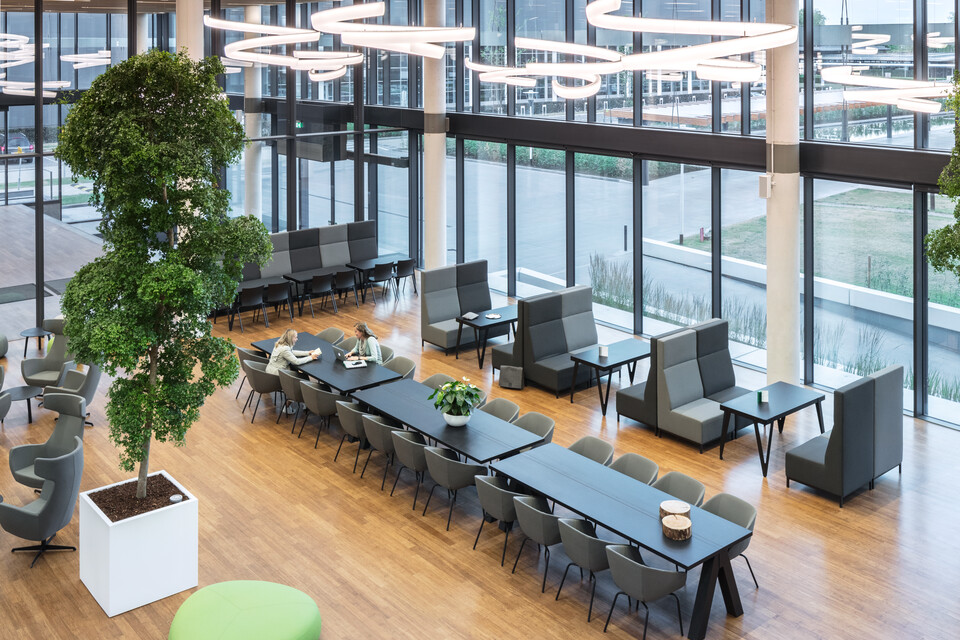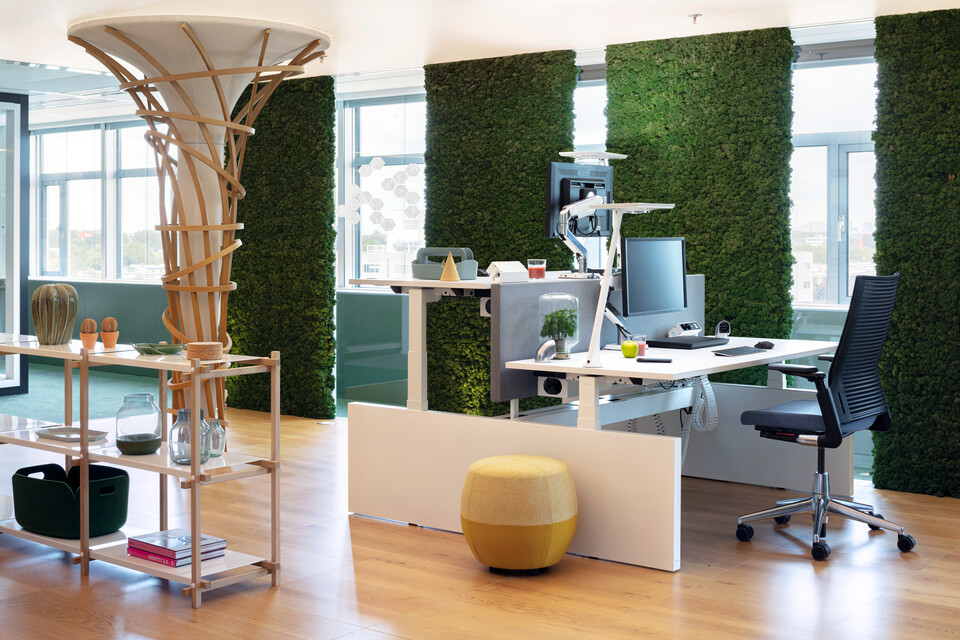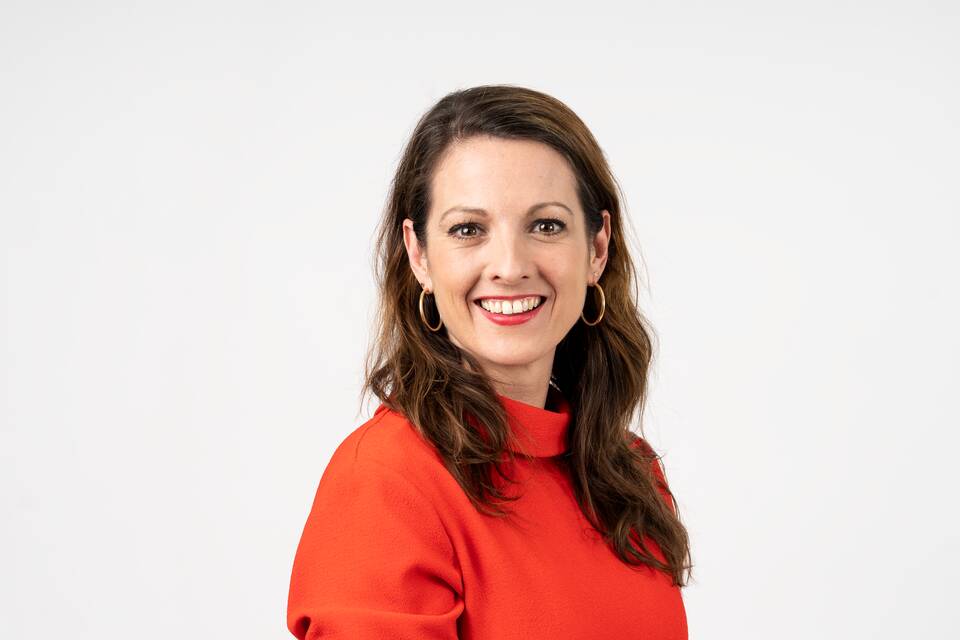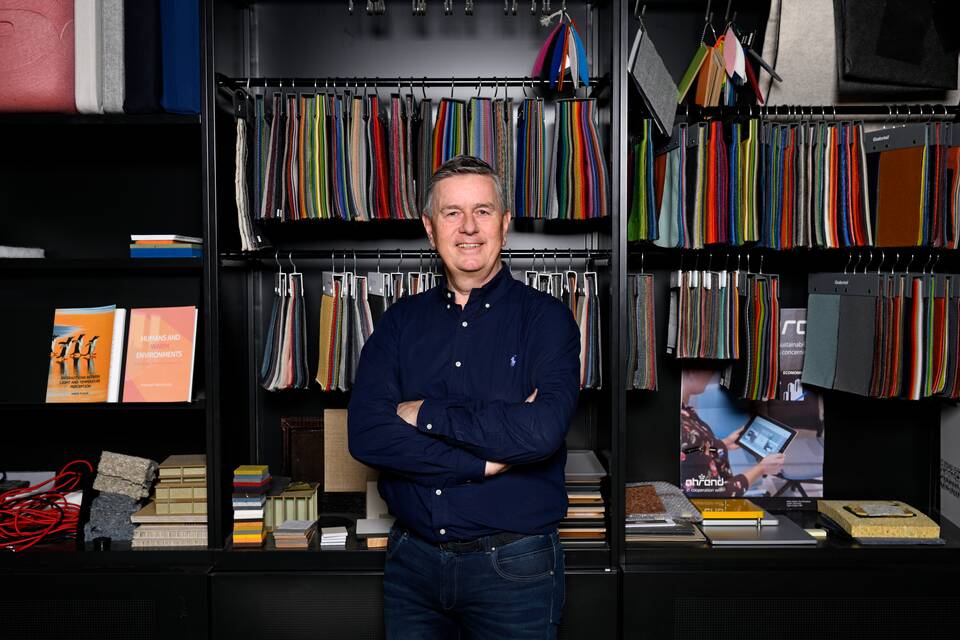Arnoud Vlieger | Head of Product Development
From an early age on, it was in his South American blood: becoming a Product Developer. Arnoud Vlieger joined Ahrend in 2016. From department manager product development chairs to his current role as Head Of Product Development, he always brings his cultural values, passion and collectivism to the workplace.
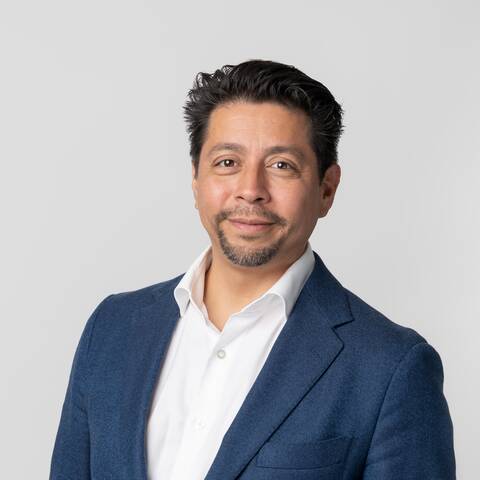
What did you want to be when you grew up?
When I was thirteen, I already wanted to be a product developer, I just didn't know the word at the time. This became clear when I was, once again, armed with flashlight and Swiss army knife taking apart my father's CD player. In secondary school, my dean pointed the course 'Industrial Product Design' out to me, which is what I ended up studying. This combination, a hobby, my father and a good dean, means that I′m still enjoying my work every day.
I can create non-existent products from a latent demand, and in that way I can have an impact on the future. As manager of the Seating Product Development department in the past, now as Head Of Product Development in Amsterdam. Here we found a great alignment between the showroom and the Innovation Lab. When a customer sees a beautiful product in the showroom, we can at the same time provide a glimpse into its development. In that way, we can offer the customer a certain degree of exclusivity, and also of quality.
What is your favourite product?
Obviously the office chair, that is my first love. The office chair is a very beautiful combination of technology, functionality, design, comfort and ergonomics; where people as users are at the centre.
Another beautiful product, which is not getting sufficient attention, is the Loungescape Powernap. It fills a need not yet ingrained in Dutch culture. This may be because of the Calvinist work ethic; a nap is not usually deemed acceptable. As a South American, I know no better than that we have a siesta. A power nap would be a cultural breakthrough, and so would the accompanying product be. The product has been launched and is available, but adoption here has been low so far.
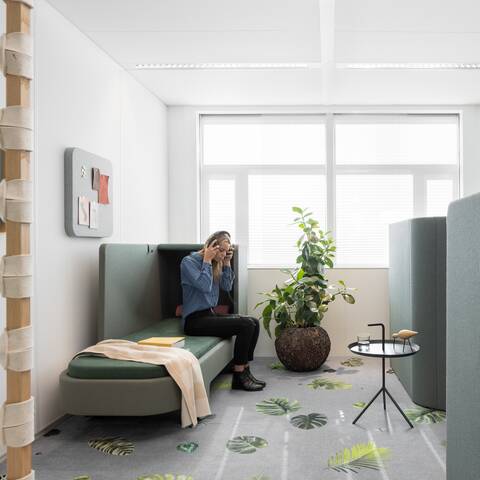
‘Design is not a trend; which means that we are creating timeless, high-quality designs.’
How do Ahrend products contribute to a sustainable economy?
In many ways! Design is not a trend; which means that we are creating timeless, high-quality designs. With that, we already have a sustainable product from an emotional lifespan perspective. And from an economic lifespan perspective, we are smart in our strategic product architecture. With as few parts as possible, we convert to various product configurations. This principle is an integral part of the DNA and history of Ahrend, and has given us a tremendous head start given the current demand for circular economy products.
We are now going through intensive developments with regards to the selection and application of materials. In particular, Sustainable materials from residual resources and closed-loop material flows. This is also reflected in both customer and market demand: how can we reduce our footprint, and how can you help us in extending the lifespan of our existing furniture? We can provide our customers with solutions like cleaning, repairing or renewing parts. That evolution, adding to what we already have, is fantastic! It really sets us apart.
‘Changing the context of the past to the demands of the future.’
Which change within Ahrend makes you proud?
The cultural change, we are working more as a team and are searching for connections, combined with acceleration and rejuvenation. So, changing the context of the past to the demands of the future. This is reflected in the fact that young and old are mixing well here, and everyone is finding their feet. When you manage to create a culture where such an enormous generation gap can thrive, the result is a really beautiful, complete culture.
For over 126 years, Ahrend has always meant quality. It is very impressive to have a core with a flexible shell, without losing that core. Despite all the changes!
Which valuable lesson do you take home?
The younger me strongly believed in his own truth, and could easily engage in passionate dialogues. As I am developing in my current role, and in my position as a manager, it is easier for me to distance myself from confrontations and to put things into perspective. A helicopter view makes it easier to assess a situation with empathy. Maybe this is also part of getting older, but I have definitely learned that at Ahrend. And I'm happy with it!
